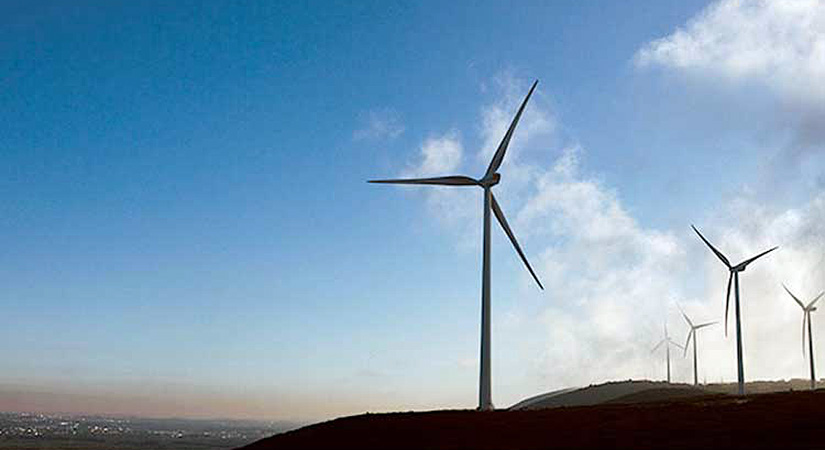
THE Department of Energy (DoE) said it delayed the commercial launch of the renewable energy market to next year due to the impact of the coronavirus pandemic.
“Due to the effects of COVID-19 (coronavirus disease 2019) pandemic, full commercial operation of the REM (renewable energy market) is recalibrated from June 2020 to June 2021,” the department said in an advisory.
The REM allows participants to buy or sell renewable energy certificates, which can help them meet their clean power requirements under the Renewable Portfolio Standard (RPS) — a mechanism compelling them to source a portion of their power needs from renewable sources.
Despite the delay, mandated participants — distribution utilities and retail electricity suppliers — in on-grid areas are still required to comply with the RPS, according to the DoE.
Their compliance with the RPS starts this year on Dec. 26. The rules were issued in 2018.
Meanwhile, REM participants in off-grid areas, or electric cooperatives, will not have to meet the regulation’s requirements pending the creation of guidelines for competitive selection process and optimal supply mix under the Missionary Electrification Development Plan.
The DoE is still working to form a technical working group to iron out the guidelines. The group will identify technical constraints in the integration of renewable energy in distribution utilities’ systems and develop a regulatory framework to be adopted by the Energy Regulatory Commission to ensure the objectives of the Republic Act No. 9513, or the Renewable Energy law, are met.
The department still encourages market participants to take part in its activities leading to the commercial run in 2021, such as membership registration, training, and trial operations led by the Philippine Electricity Market Corp.
In July, the National Renewable Energy Board, which is a member of the RPS composite team, said it is studying a potential revision in the required annual minimum level of contracted renewables to meet the country’s target of 35% renewable energy over the next decade. Currently, power utilities are required to have at least 1% of renewable power in their annual supply.
The REM is one of the government mechanisms designed to attract renewable energy investment and bolster its development. Other non-fiscal incentive programs include the green energy auction, green energy option, net metering, and the feed-in-tariff system. — Adam J. Ang
